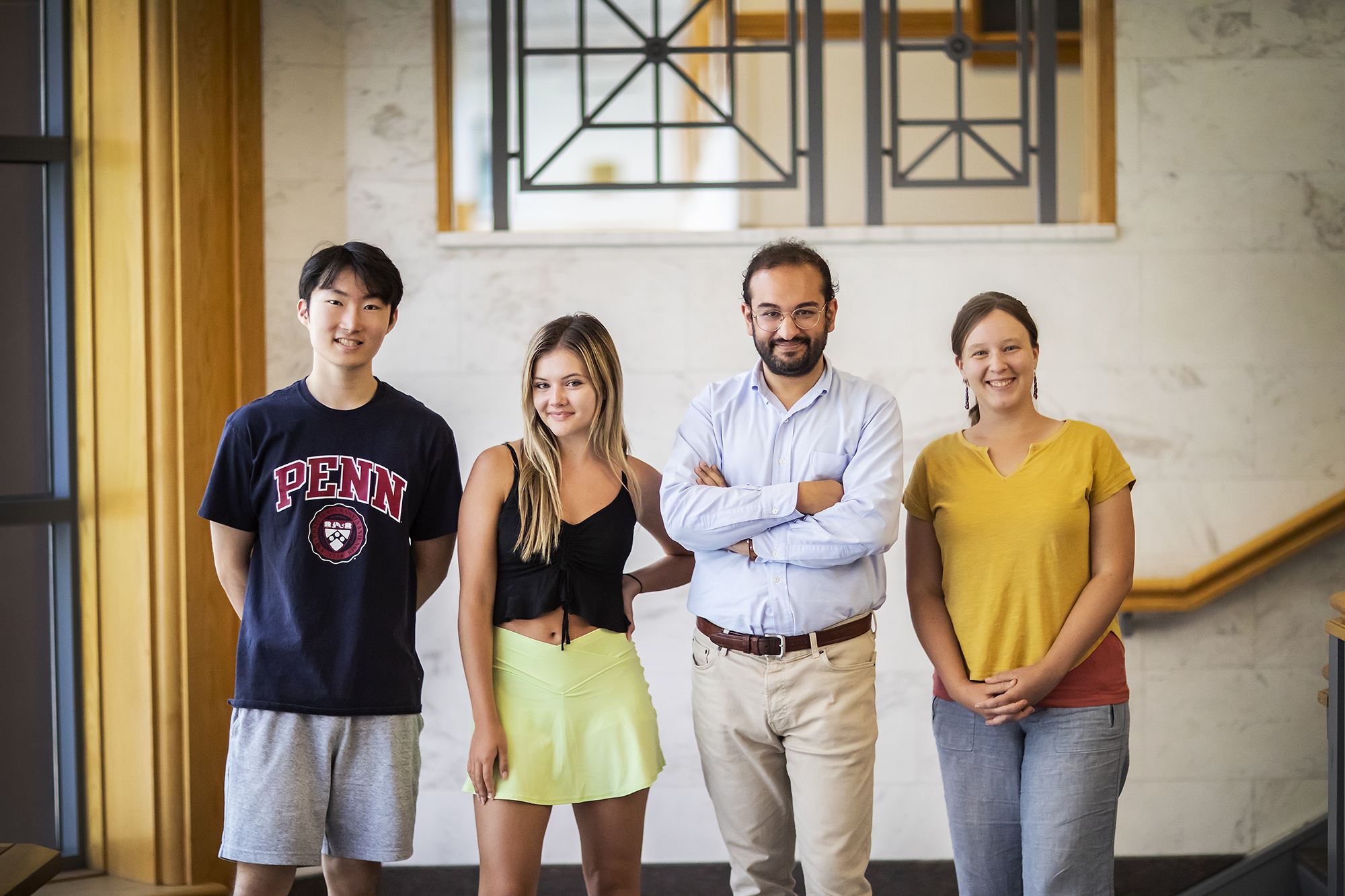For nearly 40 years, geneticists have looked to ancient DNA to find answers about our modern condition. And, beyond just ancient DNA, research institutions—including Penn Medicine—have sought to sequence current human DNA to better understand how genetic variations affect health and disease.
What Iain Mathieson wants to do is compare the past and present to understand how certain genes have evolved, in the process shining new light on some of today and yesterday’s diseases.
“What we’re interested in is, ‘Can we say anything about the phenotypes of these ancient individuals?’” explains Mathieson, an assistant professor of genetics in the Perelman School of Medicine. “A lot of people are trying to use present-day genomes to discover genetic variants in people today that are related to specific diseases. [We want to see if] we can take that information and use it to say anything about the ancient people and their diseases. What we’re doing is combining ancient genomes with information about genetic variants and diseases from present day people to learn about disease in ancient people.”
This summer, Mathieson and postdoctoral researcher Samantha Cox are working with two rising second-year students to collate and analyze existing data from scientific literature conducted around the world. Carson Shin, of Herndon, Virginia, who is an anthropology major in the School of Arts & Sciences, conducts anthropological and archaeological literature reviews to find new archaeological and DNA data. Kaeli Kaymak-Loveless, a computer science major in the School of Engineering and Applied Science, then takes that data and tries to analyze it using the statistical computing program R. The students’ work is funded by the Center for Undergraduate Research and Fellowships.
While Mathieson is ultimately interested in answering big questions, like how the rise of agriculture influenced the genome, he’s first looking to see if his method for comparison works. He and his team of CURF interns are collating DNA data, tracking down information on skeletons, and determining height. They’re examining height in particular, Mathieson says, because there’s already a lot known about genetic variants and their relationship to height in present-day people. If they can accurately predict the height of ancient people through genetics, then, the next question becomes, “What else can we say?”
“What we’d like is to be able to say things we can’t measure in the skeletons,” Mathieson says. “One of the big technology changes in the last 10,000 years is the development of agriculture; before that, people lived by hunting and gathering, and in the last 6,000 to 8,000 years many transitioned to an agricultural diet. You might wonder if variants of diseases today—obesity, diabetes, or even some autoimmune diseases—might have a genetic basis in that diet.”
Shin began his first year at Penn as a global health major before switching to anthropology, concentrating in archaeology. Heading into the summer, he knew he wanted to work on a project that’s hands-on and interdisciplinary; Mathieson’s project felt like a perfect fit.
“As an anthropology major, it’s fascinating to me that even though we’re so separated from our ancestors by time, so little has actually changed about us as humans,” Shin muses. “Biologically, we’re pretty much the same. If I met someone from 3,000 years ago, I wouldn’t be looking down on them or looking up—they’d be almost the same height as me, eye to eye.”
As he’s worked, he says, he’s realized that he needs more coding experience and plans to take a half-credit course on R in the Wharton School once he meets prerequisites—the sort of flexibility he says brought him to Penn in the first place. He says he never expected to take a computer science course, coming to Penn, but has relented.
“I’ve got to know how to code,” he says.
Kaymak-Loveless, meanwhile, began as a bioengineering major before switching to computer science. She’s been weighing what to concentrate in but says the internship has allowed her to settle on computational biology, with an aim to take more biostatistics courses.
“Most freshmen struggle to find something meaningful to do in their first summer, and I honestly wasn’t really expecting to be doing anything meaningful this summer,” says Kaymak-Loveless. “But I feel like I’m applying myself and learning—this has been a great experience.”
Mathieson says he usually works with fourth-year students, but has been really impressed with how quickly Kaymak-Loveless and Shin have learned. In the short-term, Mathieson plans to develop the project into a paper.
“But once we establish this technique and the ability to do this [successfully], we’d like to use this to learn about traits you can’t see in skeletons, related to diet and disease,” Mathieson says. “That’s the end goal.”


